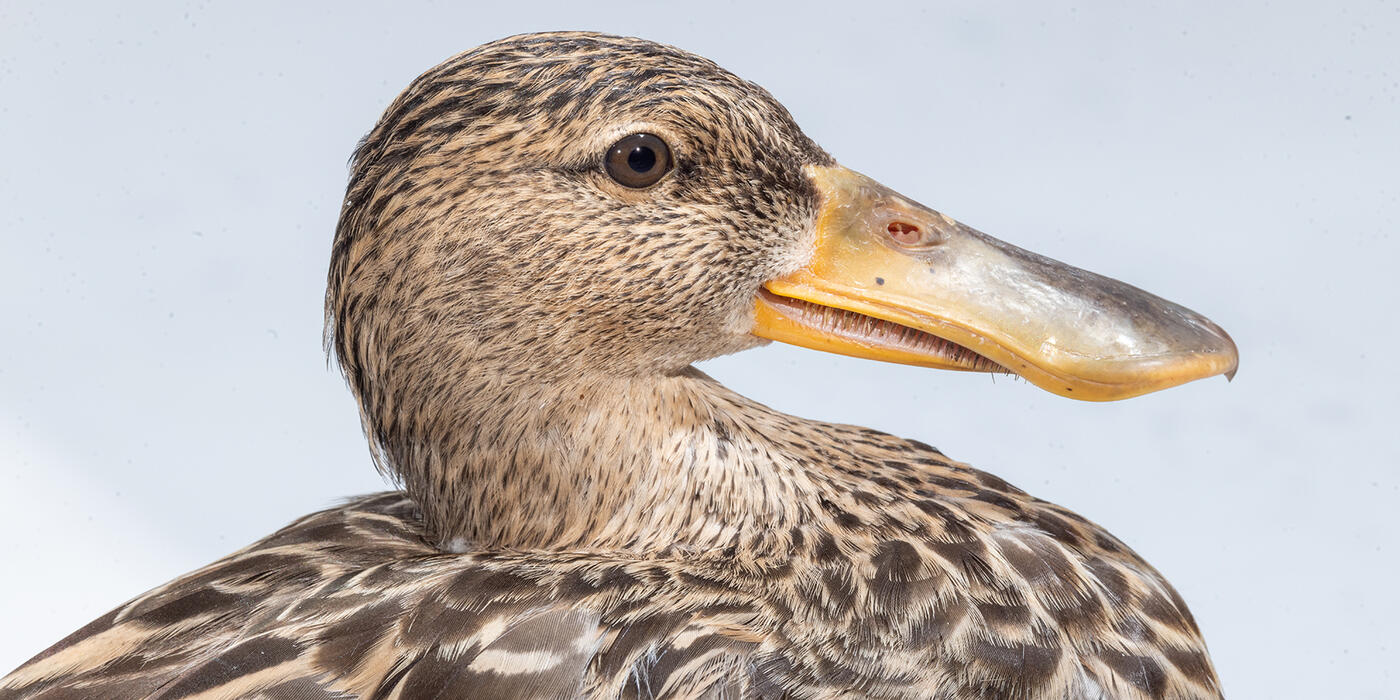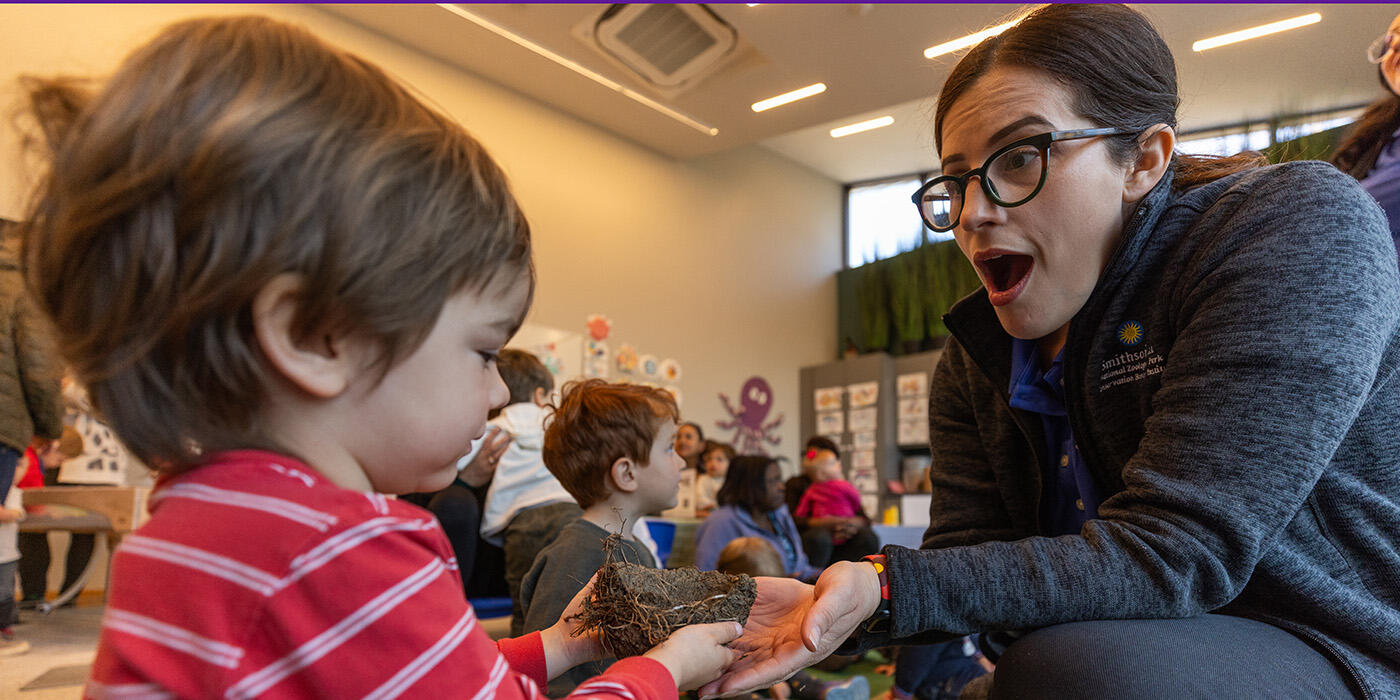Field Notes: Migration at the Delaware Bay

Lori Smith
While most people flock to the Delaware shores for some rest and relaxation, migratory birds have an entirely different mindset during their visit: refuel. The Delaware Bay is a key stopover site for red knots, sanderlings, ruddy turnstones and other birds who pause their marvelous migrations to gorge themselves on horseshoe crab eggs. Bird House curator Sara Hallager, animal keeper Debi Talbott and assistant curator of nutrition sciences Lori Smith traveled to the Bay in May 2018 to assist the New Jersey Department of Environmental Protection’s Endangered and Nongame Species Program as they researched and banded birds along the coast.
Experience Migration, a first-of-its-kind attraction that will immerse visitors in the annual journeys of western hemisphere birds, is slated to open at the Zoo in 2021. While the Bird House is closed for renovation, visitors can see birds at Amazonia, American Trail and the Cheetah Conservation Station.

